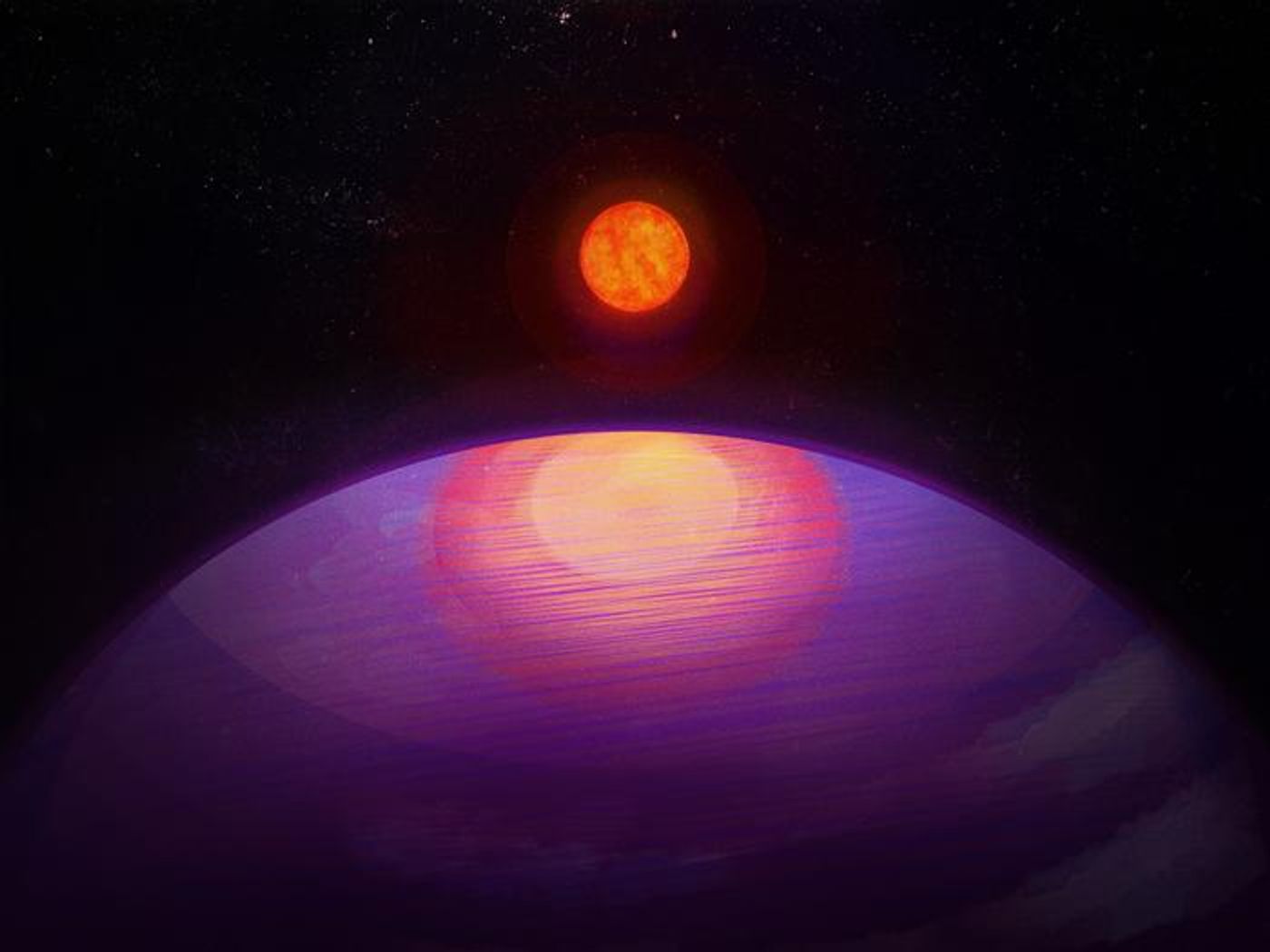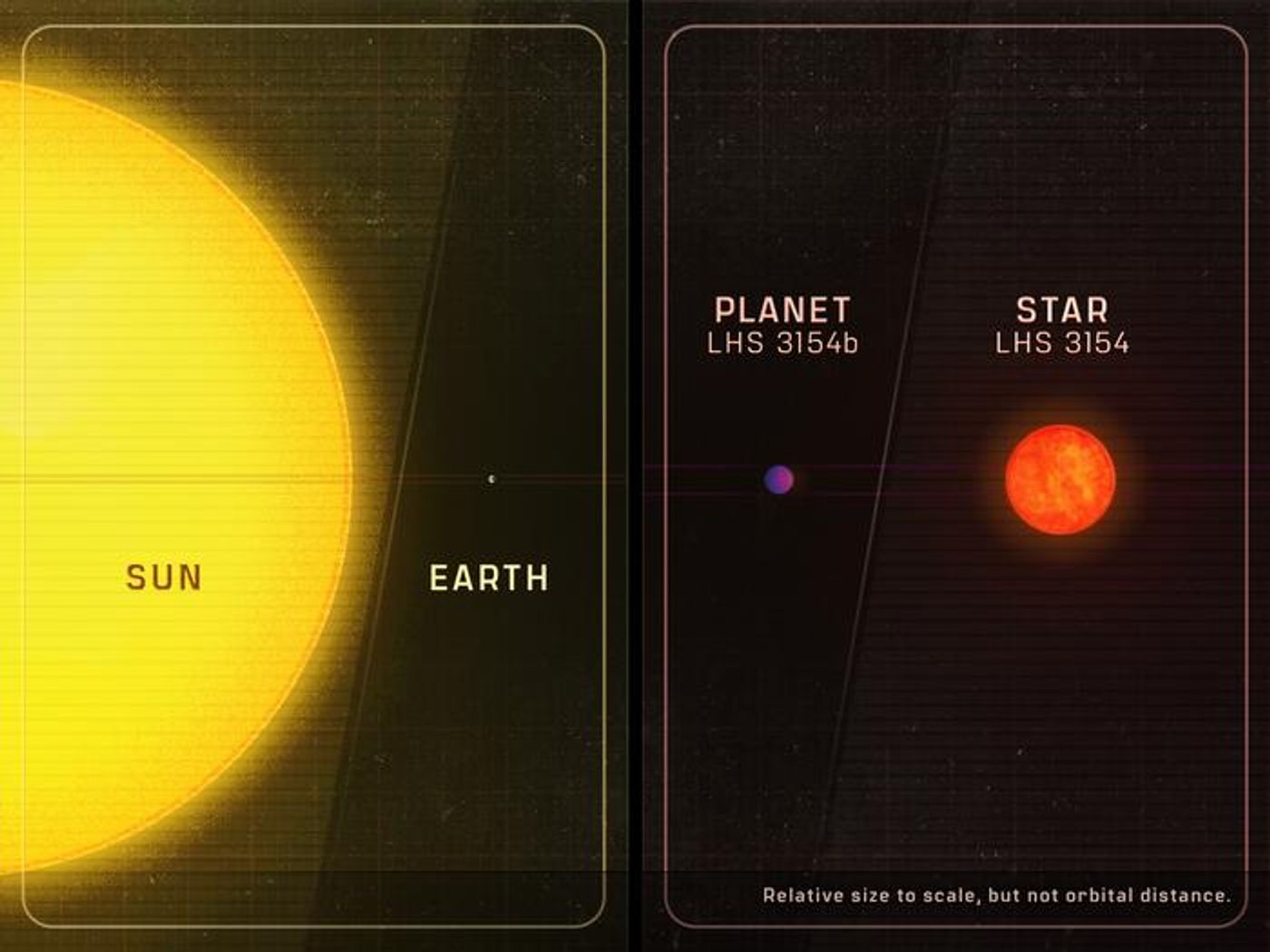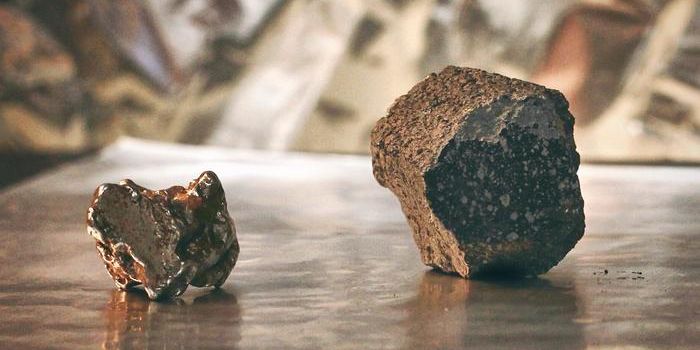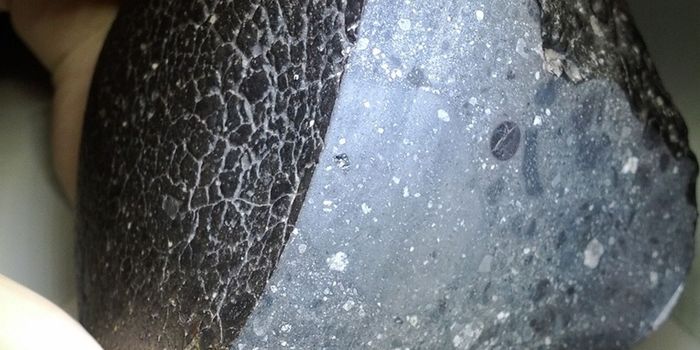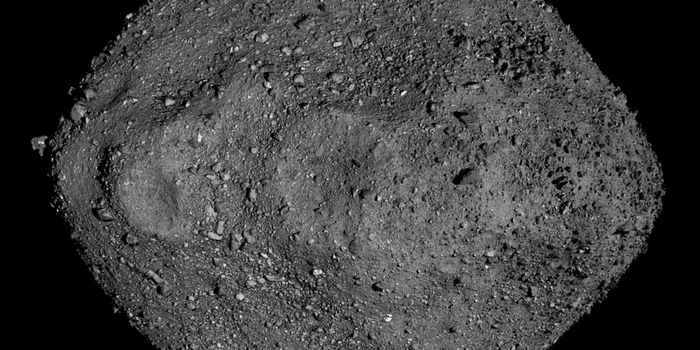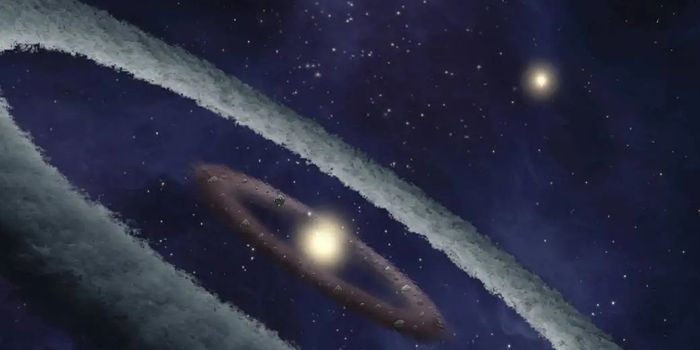Massive Planet Challenges Current Planet Formation Theories
A recent study published in Science examines exoplanet LHS 3154b that orbits its parent star in just 3.7 days but is 13.2 times as massive as the Earth with the star being nine times less than our Sun. This study is profound since longstanding theoretical models of planetary formation do not call for such a large planet to form around such a small star. This study was conducted by an international team of almost two dozen researchers and holds the potential to help astronomers better understand the formation and evolution of planets throughout the cosmos.
“This discovery really drives home the point of just how little we know about the universe,” said Dr. Suvrath Mahadevan, who is a Verne M. Willaman Professor of Astronomy and Astrophysics at Penn State University and a co-author on the study. “We wouldn’t expect a planet this heavy around such a low-mass star to exist.”
LHS 3154b, which is located approximately 51 light-years from Earth, was discovered using the Habitable Zone Planet Finder (HPF) instrument, which is an astronomical spectrograph constructed at Penn State University and installed on the Hobby-Eberly Telescope at the McDonald Observatory in Texas. While the goal of HPF is to identify exoplanets in the habitable zone (HZ) of cooler stars, LHS 3154b does not reside in its parent star’s HZ, as it orbits 0.02226 astronomical units (AU) from its star, and the HZ is located between 0.025 and 0.052 AU, making it too hot to support life as we know it.
Artist illustration of LHS 3154b orbiting its parent star. (Credit: Penn State)
For the study, the researchers used computer models to investigate how LHS 3154b compares to longstanding theoretical models of planetary formation. This is because the mass ratio of LHS 3154b to its parent star is more than 100 times greater than the mass ratio of the Earth to our Sun, which challenges longstanding models. In the end, the team found LHS 3154b could only exist if the protoplanetary disk had a mass 10 times as large as one that is typically expected for a star as small as LHS 3154.
Artist rendition comparing the sizes between the Sun and the Earth to LHS 3154b and its parent star. (Credit: Penn State)
“Based on current survey work with the HPF and other instruments, an object like the one we discovered is likely extremely rare, so detecting it has been really exciting,” said Megan Delamer, who is an astronomy graduate student at Penn State and a co-author on the study. “Our current theories of planet formation have trouble accounting for what we’re seeing."
How many more exoplanets like LHS 3154b will be discovered in the coming years and decades? Only time will tell, and this is why we science!
As always, keep doing science & keep looking up!
Sources: Science, EurekAlert!, NASA, EXOKyoto
